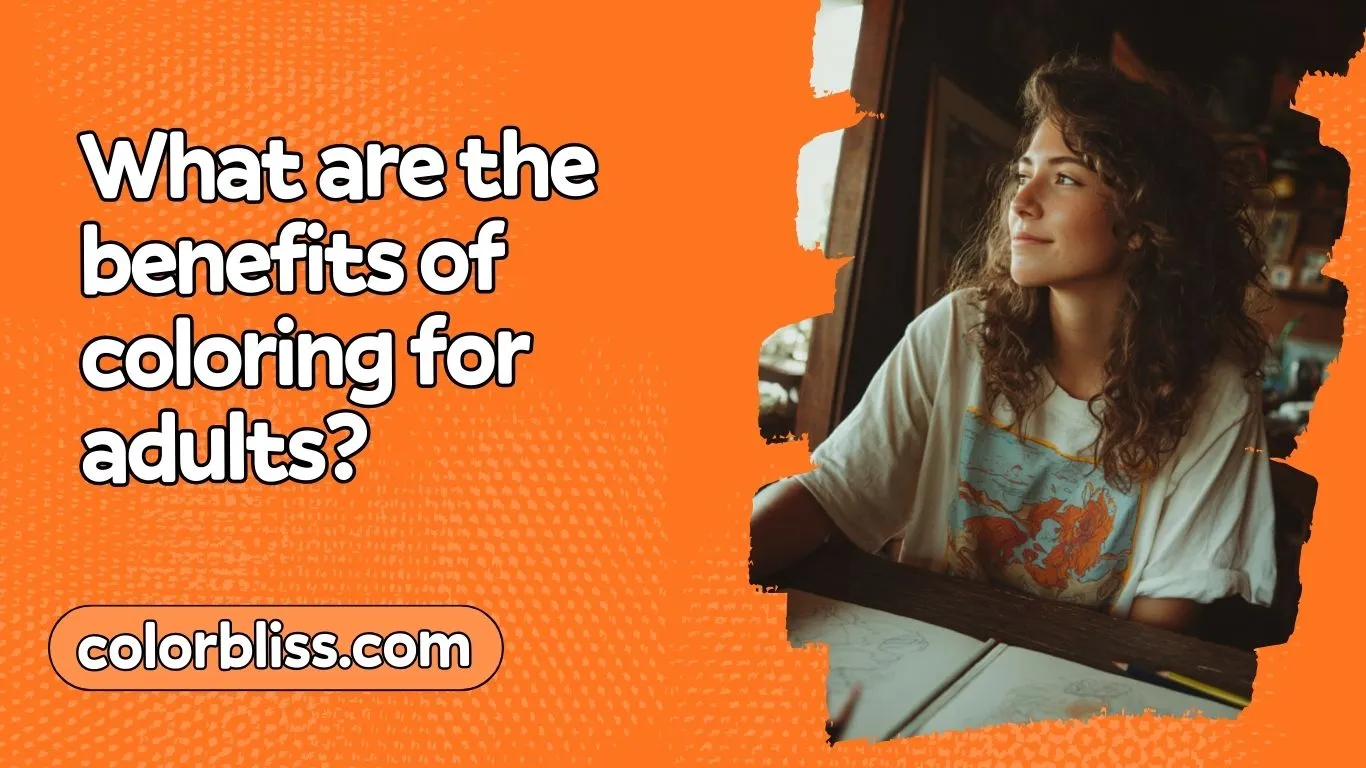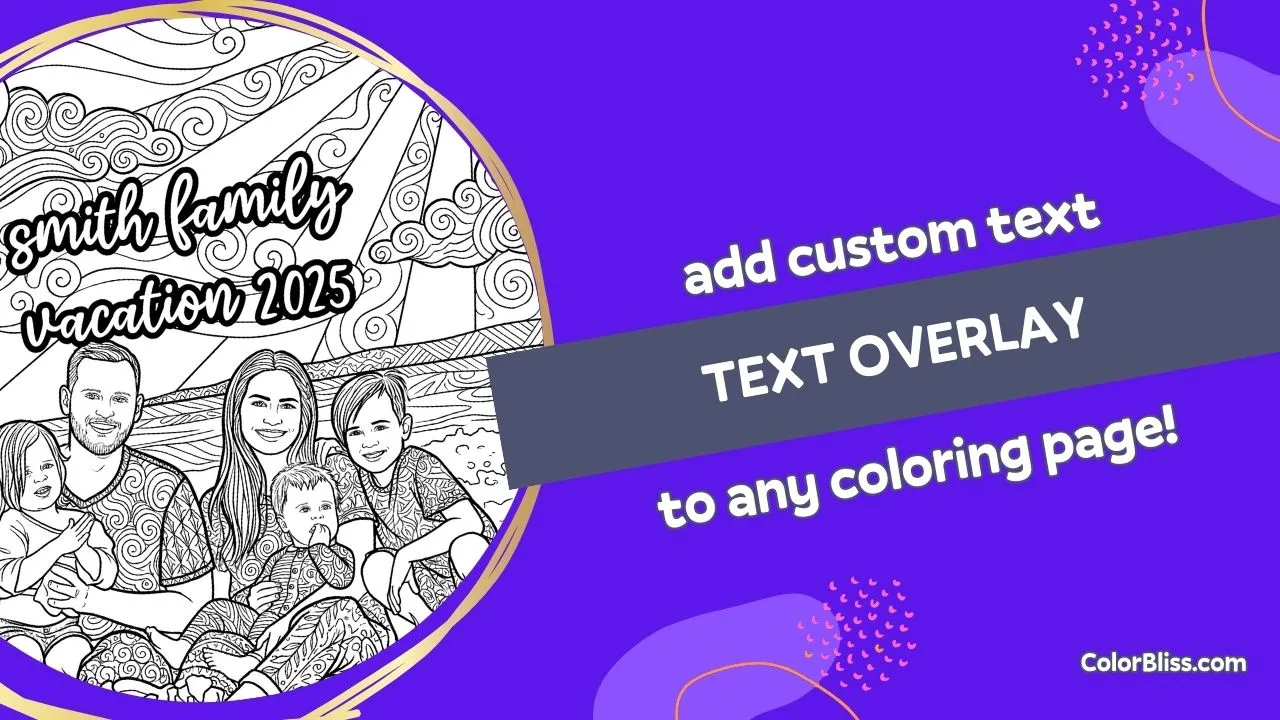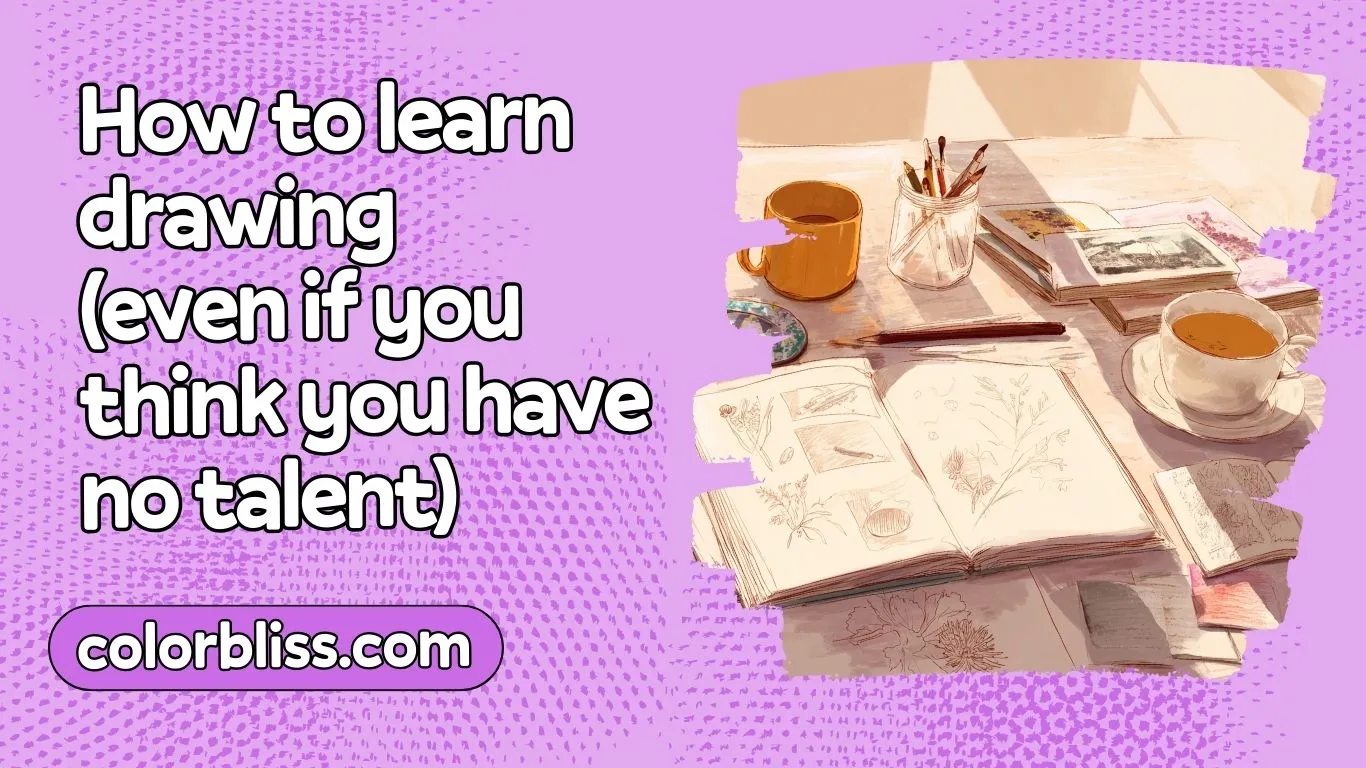What are the Benefits of Coloring for Adults?

Most people remember the thrill of opening a fresh box of crayons as a kid, that waxy smell and the perfect points just waiting to hit paper. Maybe you’ve written off coloring as just another childhood pastime – something you outgrew along with scraped knees and Saturday morning cartoons. But here’s the thing: adult coloring books aren’t just some trendy fad. They’re actually backed by real science when it comes to stress relief and mental health.
Why adult coloring books became a thing
A few years back, this phenomenon exploded everywhere. Suddenly, bookstores had entire sections dedicated to coloring books for adults, filled with intricate patterns, mandalas, and detailed nature scenes. At first it seemed kinda weird – why would grown-ups want to color?
Turns out there’s actually a good reason. We’re constantly bombarded with notifications, deadlines, and that endless scroll of social media. Finding genuine moments to decompress has become almost impossible. Adult coloring books offer something our brains desperately need: a simple activity that doesn’t require much brainpower but gives us a break from the chaos.
The real benefits of coloring for adults
So what exactly happens when you pick up colored pencils and start filling in those coloring pages? More than you might think.
Stress relief that actually works
Many people are skeptical at first. How could something so simple actually reduce stress? But the research is pretty solid on this one. According to the Mayo Clinic, coloring can help calm the brain and improve body relaxation, which leads to better sleep and fewer feelings of depression and anxiety.
Additional studies published in the Journal of Affective Disorders have shown that participants with generalized anxiety disorder experienced significant reductions in anxiety levels through coloring activities. Research continues to validate these stress-reducing benefits, with healthcare professionals increasingly recommending coloring as a practical wellness tool.
The repetitive motion of coloring creates a meditative effect. Your focus narrows down to just the page, the colors, and your hand moving across paper. It’s like a mini vacation for your mind – pulling attention away from those spiraling negative thoughts that love to pop up during stressful times.
Boosting focus in a distracted world
With constant distractions everywhere, many people’s attention spans feel shot. Between multitasking at work and constantly checking phones, staying focused on one thing can feel nearly impossible. But coloring demands a certain level of concentration – choosing color combinations, staying within lines (or intentionally going outside them), observing intricate patterns.
WebMD notes that this focused engagement activates the brain’s frontal lobe, which handles organizing and problem-solving. Basically, you’re training your brain to concentrate better, which carries over into other areas of everyday life.
Mindfulness without the pressure
Mindfulness and staying in the present moment sounds great in theory, but meditation can feel intimidating. Sitting still and focusing on breathing? Many people find their minds wandering within seconds. Coloring, though, naturally brings you into that present moment awareness.
When you’re engaged with colors and shapes, you’re not dwelling on past mistakes or worrying about tomorrow’s to-do list. You’re just here, now, creating something with your hands. It’s art therapy without needing to call it that.
Creativity for beginners
Many adults think they aren’t artistic at all. Maybe you’ve had that experience – remembering a harsh art teacher comment or just feeling like you “don’t have the talent.” Coloring books solve this problem beautifully.
The lines are already there. Your job is simply bringing them to life with whatever colors speak to you. There’s no pressure to create a masterpiece or come up with original ideas. It’s a fun way to engage your creative side without fear of judgment.
Better sleep and wellness
This benefit often surprises people. Swapping screen time for coloring before bed can make a noticeable difference in sleep quality. Turns out there’s science behind this too. Unlike devices that emit blue light and mess with melatonin production, coloring actually helps your body wind down naturally.
The soothing, repetitive motion combined with the focused-but-relaxed state helps quiet a busy mind. It signals to your brain that it’s time to power down for the night.
Motor skills and brain benefits
Here’s something many people don’t expect: coloring can actually help maintain and improve fine motor skills. The precise movements required to stay within lines, the coordination between hand and eye – it’s like a gentle workout for your motor skills.
For older adults especially, maintaining these skills becomes important for overall well-being and independence. But even younger folks can benefit from this kind of hand-eye coordination practice.
Social connections and community
While many people color alone, there’s actually a whole community around adult coloring. Online groups share their finished pages, discuss techniques, and support each other’s creative journeys. Some people meet in person for coloring sessions – kind of like book clubs but with crayons and colored pencils.
Sharing your creations on social media or with friends can create unexpected connections and conversations. It’s a simple way to bond with others over a shared activity.
Making coloring part of your routine
If you’re thinking about giving this a try, you don’t need much to get started. Here’s what works best:
Tools: A basic set of colored pencils or markers is perfect for beginners. Colored pencils tend to be less messy and give you more control, though some people love crayons for their nostalgic feel. Experiment to see what feels right in your hand.
Space: Find a comfortable spot with good lighting where you won’t be interrupted. A small corner with good task lighting and a side table for supplies works perfectly.
Time: Even 15-30 minutes a few times a week makes a difference. Many people color while listening to podcasts or soft music. Others prefer complete silence.
Mindset: This isn’t about creating perfect art. Let go of any pressure to make it “good.” Focus on the process, the colors, the feeling of the pencil on paper. There’s no wrong way to color.
The science behind why this works
Researchers have found that coloring activates both hemispheres of the brain. The logical side handles staying within lines and choosing colors, while the creative side engages with artistic expression and color combinations. This whole-brain activity is part of what makes coloring so effective for stress relief and mental wellness.
Healthcare providers and even some PsyD professionals now recommend coloring as a form of self-care. It’s not just feel-good fluff – there’s legitimate research backing up these health benefits of coloring.
Try it for yourself
Look, it’s understandable if the idea of adult coloring seems silly at first. But the benefits are real, and the barrier to entry is incredibly low. For the price of a book and some basic supplies, you can try something that might genuinely improve your well-being.
You can start with simple designs and work up to more complex mandalas and intricate patterns. Many beginners find that starting with less detailed coloring pages helps build confidence before tackling the really elaborate stuff.
The best part? It’s a completely screen-free activity that you can do anywhere. No wifi required, no notifications, no pressure to perform or produce. Just you, some colors, and a few minutes of peace.
Next time you’re feeling overwhelmed or just need a break from the digital noise, consider grabbing some colored pencils instead of reaching for your phone. You might be surprised at how this simple pastime can become a powerful tool for managing stress and reconnecting with a calmer version of yourself.
Sources: Mayo Clinic Health System, WebMD, Cleveland Clinic

